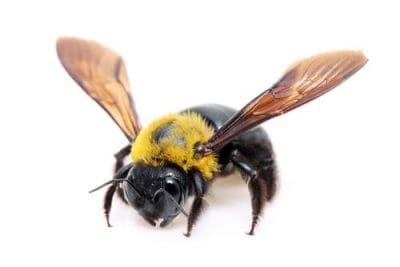Ants
All ants are social insects and live together in colonies. There are over 455 species of ants in North America, successful control of ants often requires exact identification of the species involved. For example: spraying insecticide during a Pharaoh Ant infestation will not only fail to control the infestation it will spread the colonies around the building. If you are unsure of the species you are dealing with baits are recommended, they are very safe for people and pets and have no risk of spreading infestations. Ant bait is typically slow, so you will need patience if choosing this control measure. For a complete evaluation of your ant problem call M.D. Pest Control… “The cure for your pest problem”.
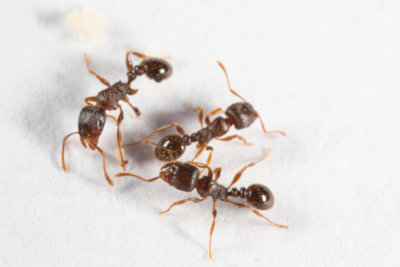
Bed Bugs
The adult bed bug is flat, oval, usually less than 1/4″ (7mm) long, and reddish-brown in colour. The sole food for bed bugs is the blood of warm-blooded animals. The bed bug is flat and thin when unfed but becomes more plump, and red when it is full of blood. Female bed bugs lay 2 eggs per day for 100 days. Development time from egg to adult is 21 days, and adults can live for almost a year. Control of bed bug infestations will require professional extermination. Call M.D. Pest Control for a thorough inspection and evaluation of your bed bug infestation.
All work performed by M.D. Pest Control is guaranteed in writing. If for any reason the pest is not exterminated within the guarantee period we will return to perform follow-up service at no additional charge.
Note on bed bug guarantee: Detached homes are eligible for a 6 month guarantee if canine detection and treatment* have been performed by M.D. Pest Control. Unfortunately apartments, townhomes and semi-detached homes are not eligible for guarantee due to the ease of re-introduction from adjoining apartments/homes.
*Treatment may include purchase of mattress encasements if recommended by M.D. Pest Control service technician.

Centipedes
The house centipede is a common pest inside homes and buildings, this species generally lives its entire life inside a building. In homes, the house centipede prefers to live in damp areas such as basements, bathrooms, and unexcavated areas under the house. Centipedes are considered to be beneficial as they consume other insects including spiders and other smaller centipedes. If your house has a centipede infestation it may be the sign of another insect infestation.

Carpenter Ants
Carpenter ants are social insects that usually nest in wood. They commonly excavate galleries or tunnels in trees and structures, prefering to excavate wood damaged by fungus and are often found in conjunction with moisture problems. They do not eat the wood as they excavate their nests, instead feeding on sugars, other insects, and other sweets. They actively feed at night and may forage for up to 300 feet. Damage from carpenter ants usually occurs over a number of years as the colony grows and can be quite extensive.
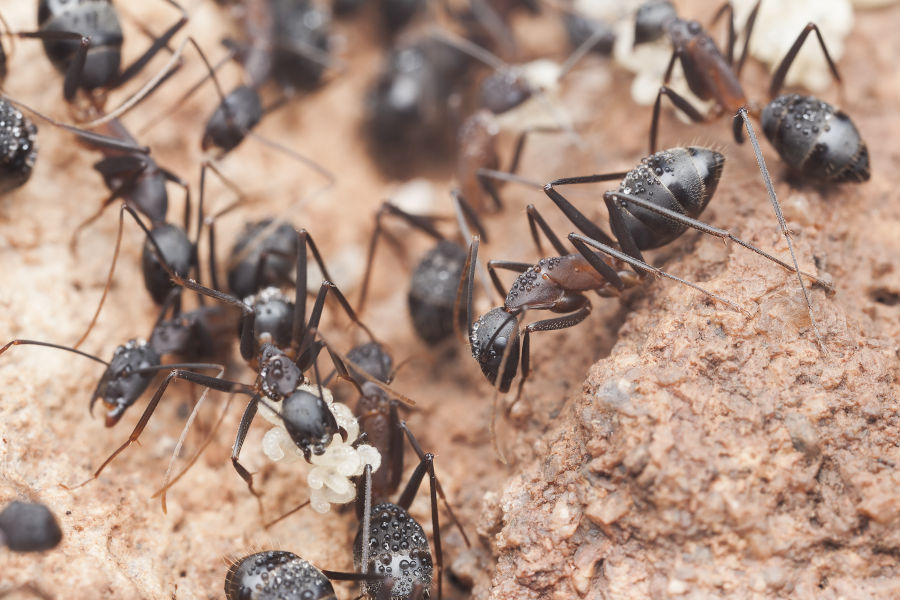
Cluster Flies
Cluster flies hibernate in hidden areas of homes, such as in wall voids and attics. Their dropping may leave stains on walls, around window frames and on blinds and curtains. In the spring, the sluggish cluster flies will migrate from their hibernating areas to living spaces and gather on windows as they are attracted to light. Cluster Flies are very annoying as the constant buzzing and vacuuming of dead flies can take place for months.
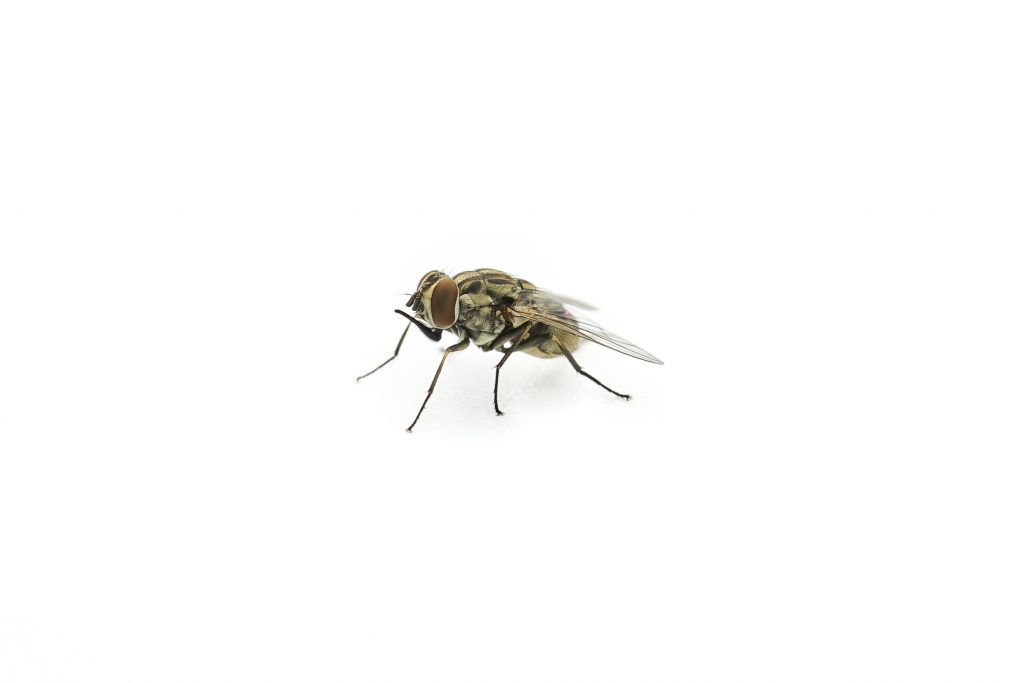
Cockroaches
The german cockroach is the most commonly encountered cockroach in Canada. It is also the most persistant and difficult to manage. A high reproductive potential and wide range of food sources makes this cockroach highly successful. They are active mostly at night, and hide in dark crevices during the day. If German cockroaches are seen during the day, the population is probably so large that the available harbourage is already full, or food and moisture are in such short supply that daytime foraging is necessary. Cockroach infestations will develop very very quickly… call M.D. Pest Control today!!

Earwigs
Earwigs are outdoor insects which become household pests when they invade structures, usually at night. Indoors, they are usually found in cracks & crevices and under furniture and carpeting. The common name comes from a totally unfounded superstition that these insects crawl into people’s ears at night while they sleep. Control can be achieved with exterior residual insecticide treatments.

Fleas
While fleas prefer non-human hosts they will readily feed on humans when infestations are heavy or when other hosts are not readily available. Fleas are carriers of parasites such as tapeworm, which is common in both cats and dogs. While reactions to flea bites will vary from one person to another, the typical reaction is a small, hard, red, slightly raised, itchy spot. If you are experiencing a flea infestation M.D. Pest Control’s knowledgeable exterminators can exterminate them… Guaranteed!
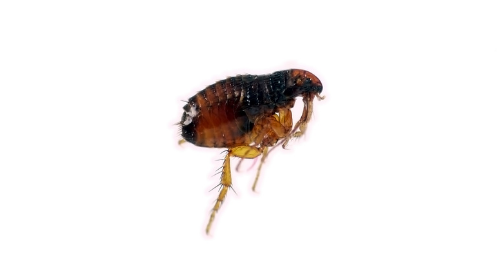
Fruit Flies
Fruit flies are both a nuisance and a contaminator of food, particularly in the late summer and early fall. They are often introduced into homes and businesses with produce and quickly live and reproduce in ripe, decaying fruit and vegetables, garbage, wet mops, and other wet organic debris. Sanitation is the key to controlling fruit flies, if you are losing the battle on fruit flies call M.D. Pest Control, our knowledgeable exterminators can help.

Indian Meal Moth
The Indian meal moth is the most common household moth that can reproduce in our homes. It develops as a pest of various foods commonly found in pantries. The larvae can seriously damage susceptible food items and the adult moths can become annoying as they fly through the home. They are often introduced to our homes in pet food and birdseed, once introduced into your home they are very difficult to eliminate. A professional exterminator should be consulted, call M.D. Pest Control today!!
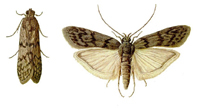
Mediterranean Flour Moth
The Mediterranean Flour Moth is a common pest in bakeries and flour mills, but occasionally will infest homes as well. Adult Mediterranean Flour Moth causes no damage. The larvae may feed on flour, bran, beans, dried fruits, seeds, nuts, biscuits, chocolate, dry pet food, and bird seed.

Mice
Mice are nocturnal in habit, which explains why we usually see mouse droppings before we see the mice. Over a 6-month period, a pair of mice will produce 18,000 droppings and 355ml of urine. The female house mouse reaches sexual maturity in 35 days and averages eight litters per year, each litter producing five to eight young. The life span is typically one year, much shorter of course with a visit from M.D. Pest Control. Call today!!
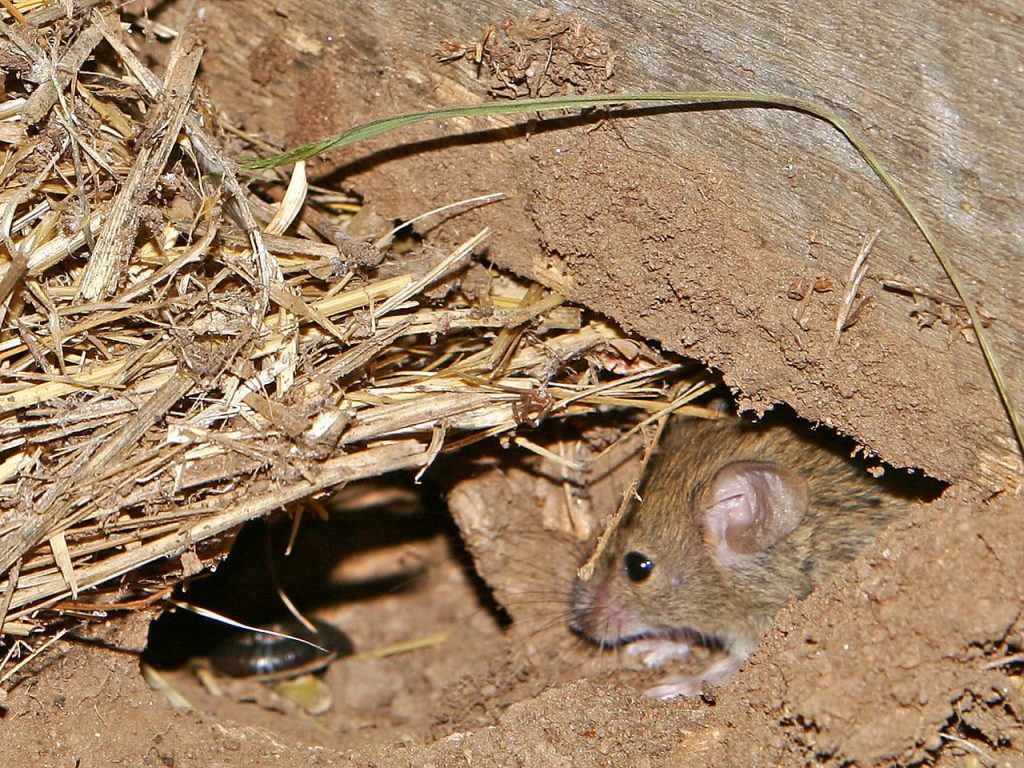
Rats
Rats are primarily nocturnal and are cautious, they will shy away from new objects and changes in their surroundings. Norway Rats prefer to nest in burrows in the ground or in basements or lower levels of buildings. Roof Rats by comparison are active climbers and will nest in trees, dense vegetation and walls or attics. Correct identification of the rat population is critical in eliminating infestation. M.D. Pest Control will evaluate and determine the most effective control strategy to eliminate a rat infestation.

Spiders
Spiders are considered highly beneficial because they help to keep insect populations in check. Few spiders bite people and the venom of most is harmless. Control of spiders can be acheived if desired through residual chemical application. This is common along waterfront property as the populations in that environment are generally quite high.
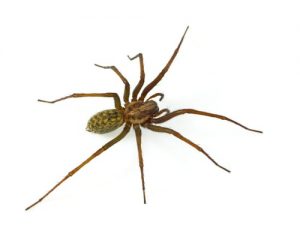
Wasps and Bees
Since bees & wasps are benficial, control should only be done where there is an immediate threat to people or their pets, or when peace-of-mind is required. Word to the wise when trimming hedges… nests are often inside the hedge and are not seen until it is too late. Take a few moments to inspect the hedge prior to trimming. For elimination of a nest on your property call M.D. Pest Control.
